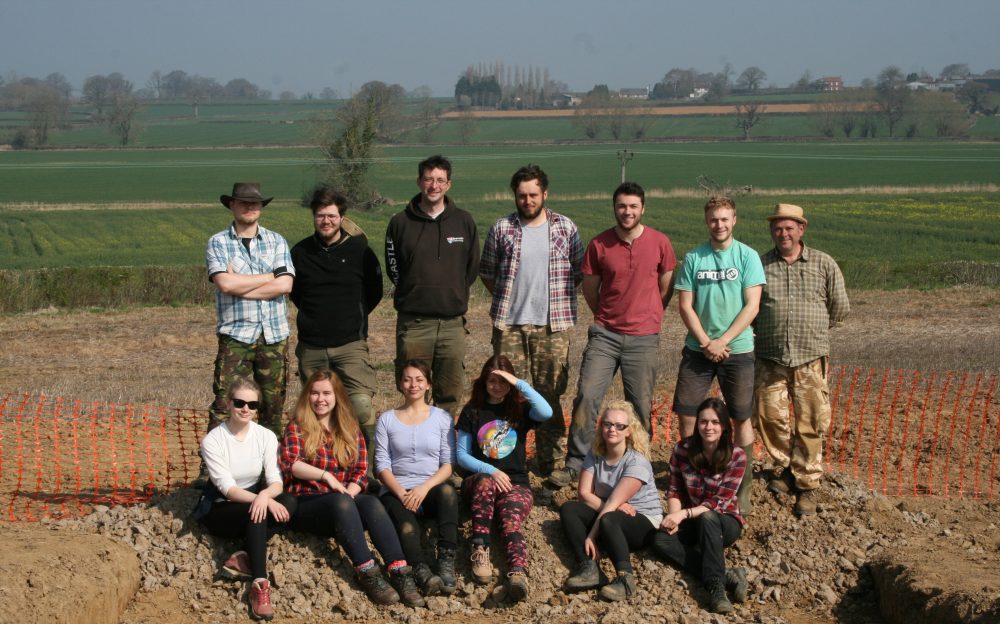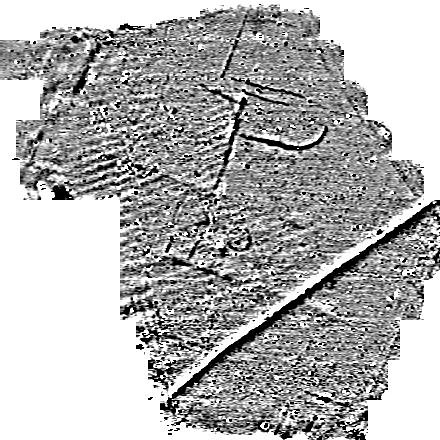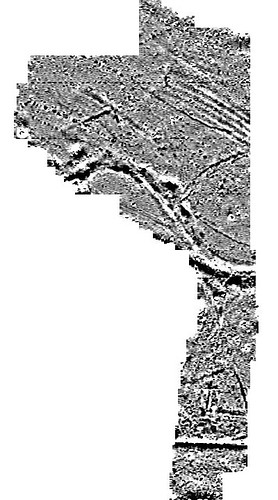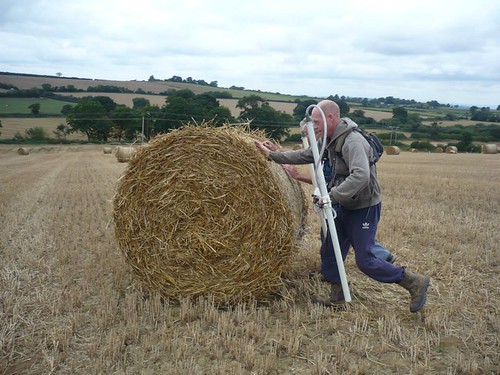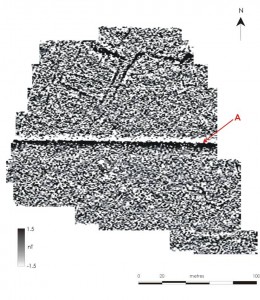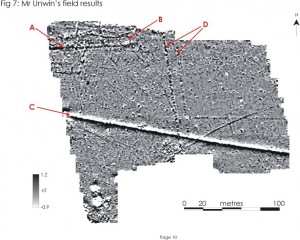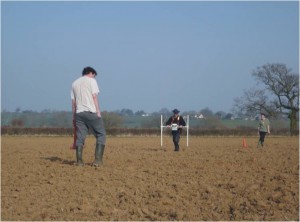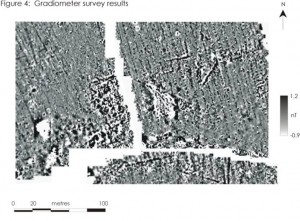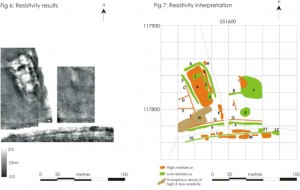After much plotting and planning we’re pleased to announce that we will be digging again this Easter!
Even as we write Nigel, Liz and the gang in Somerset are working to re-survey our target excavation area.
The new team will be James G (Director); Andrew Agate (Co-Director); James H (Assistant Supervisor); Hayley and Chris (experienced excavators) along with Douglas; Elliott; Zara; Mara; Tilly; Josh and Holly-Ann. What a team!
In the meantime James G is on research leave and hopes that be before we return to Somerset the 2013 post-excavation assessment will be completed. Work is also progressing on the 2014 post-excavation assessment and just this morning Don O’Meara was finalising the report on the iron working slag. Apparently we have evidence from Barrow for medieval smithing (the working of iron, but not its production from iron ores).
In other news the paper James, Liz and Ali wrote on greenwaste and archaeological geophysics has been accepted for publication by the top geophysics journal Archaeological Prospection. Once it’s published we’ll add a link to the article.
